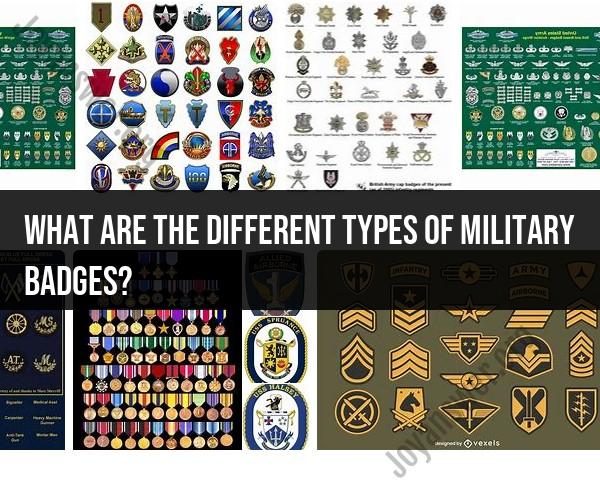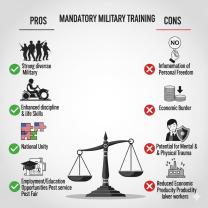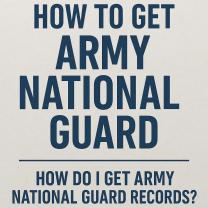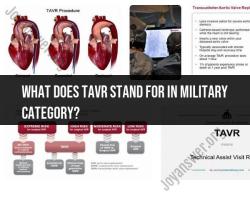What are the different types of military badges?
Military badges are an integral part of military uniforms, serving as symbols of rank, achievements, and specialization within the armed forces. These badges vary significantly in design, purpose, and significance across different branches of the military and countries. In this guide, we will explore the diverse world of military badges, providing insights into the various types and their meanings.
1. Rank Insignia:
Officer Ranks: These badges signify an officer's rank and often include stars, bars, or stripes. For example, a single gold or silver bar typically represents a second lieutenant, while a cluster of stars may signify a general.
Enlisted Ranks: Enlisted personnel wear badges indicating their rank, such as chevrons or stripes. A higher number of stripes typically represents higher rank.
2. Specialization Badges:
Combat Badges: These badges are awarded to personnel who have served in combat zones or participated in combat actions. Examples include the Combat Infantryman Badge (CIB) and Combat Action Badge (CAB).
Occupational Badges: Occupational badges denote a service member's specific job or role within the military. For instance, a pilot may wear aviation wings, while a medic may wear a medical badge.
3. Unit Insignia:
Distinctive Unit Insignia (DUI): DUIs are worn by soldiers to represent their specific unit or regiment. They often feature unique designs that reflect the unit's history and traditions.
Shoulder Sleeve Insignia (SSI): SSIs, commonly known as "unit patches," are worn on the shoulder to identify a soldier's unit, division, or brigade.
4. Awards and Decorations:
- Medals and Ribbons: Military personnel receive medals and ribbons for acts of valor, service, or achievements. Each medal has specific criteria for award, and ribbons are worn on the uniform to represent these awards.
5. Qualification Badges:
Marksmanship Badges: These badges recognize a soldier's proficiency with firearms and are awarded based on shooting skills. Examples include the Expert Infantryman Badge (EIB) and the Expert Rifleman Badge.
Parachutist Badges: Soldiers who have completed airborne training wear parachutist badges. These badges vary by country and signify a soldier's readiness for airborne operations.
6. Service Badges:
- Service Stripes: Service stripes, often in the form of chevrons, represent years of service. They are typically worn on the uniform sleeve and indicate the cumulative length of service.
7. Identification Badges:
Name Tags: Name tags display a service member's name and branch of service, helping with identification and camaraderie.
U.S. Army Combat Service Identification Badges (CSIBs): These badges are unique to the U.S. Army and represent a soldier's combat service.
8. Foreign Badges:
Foreign Jump Wings: Soldiers who have completed foreign jump training may wear foreign jump wings from the respective countries.
International Military Badges: Members of multinational military coalitions or exchanges may wear international badges to signify their participation.
Military badges are not only symbols of rank and achievement but also repositories of history, tradition, and honor within the armed forces. They serve to identify, honor, and recognize the dedication and expertise of military personnel. Each type of badge carries its own unique significance, contributing to the rich tapestry of military culture and heritage around the world.













